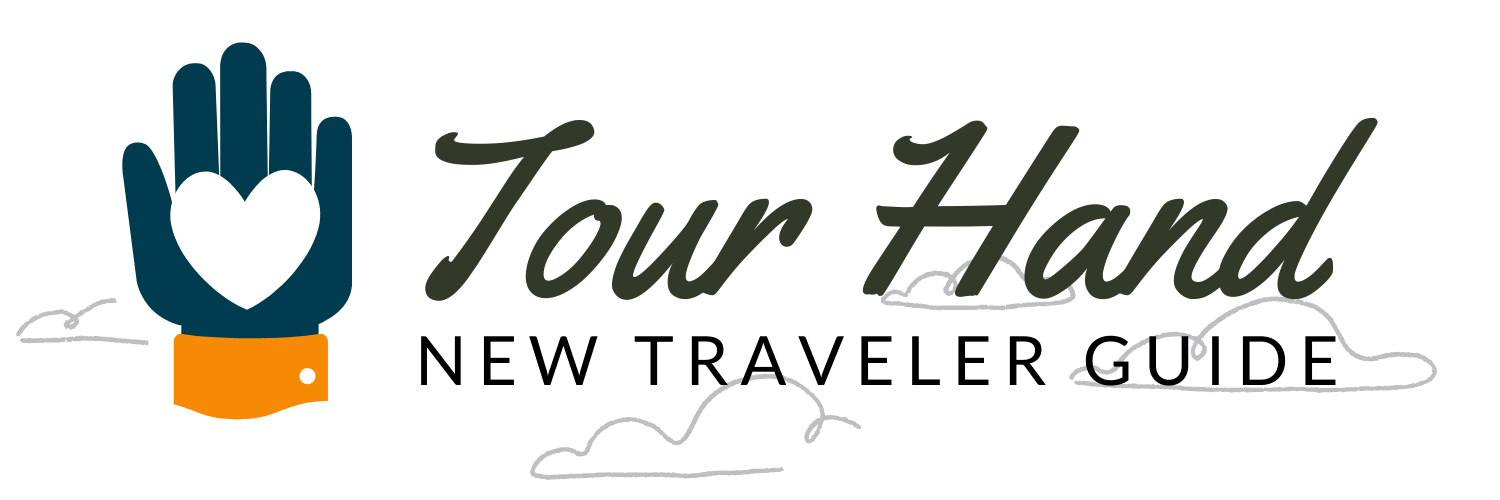Communication
Communication plays a vital role in any tour experience. It enables individuals to connect, share information, and enhance their understanding of the places they visit. Effective communication fosters a sense of community and enriches the overall tour experience.
The Importance of Communication in a Tour
When embarking on a tour, whether it be a solo adventure or a group excursion, communication serves as a fundamental tool for various reasons:
- Information Sharing: Communication allows tour guides to provide valuable information about the destinations, historical significance, and cultural aspects. This knowledge enhances visitors’ understanding and appreciation of the places they explore.
- Coordination: Effective communication ensures smooth coordination among tour participants, tour guides, and other relevant personnel. It helps in organizing activities, managing schedules, and addressing any unforeseen circumstances that may arise during the tour.
- Engagement: Communication encourages active participation and engagement among tour members. It creates opportunities for individuals to ask questions, seek clarification, and share their own insights and experiences.
- Building Connections: Communication fosters a sense of community among tour participants. It allows individuals to connect with fellow travelers, exchange stories, and form lasting friendships.
Effective Communication Strategies
To ensure effective communication during a tour, consider the following strategies:
- Clear and Concise Language: Use simple and understandable language to convey information. Avoid jargon or complex terminology that may confuse participants.
- Active Listening: Pay attention to the needs and concerns of tour participants. Actively listen to their questions, feedback, and suggestions.
- Non-Verbal Communication: Utilize non-verbal cues such as gestures, facial expressions, and body language to enhance understanding and convey emotions.
- Technology: Leverage technology tools like audio guides, mobile apps, or translation devices to overcome language barriers and facilitate communication.
- Flexibility: Adapt communication styles to cater to the diverse needs and preferences of tour participants. Be open to different communication methods and adjust accordingly.
Conclusion
Communication serves as the backbone of any successful tour experience. It enables individuals to connect, learn, and engage with the places they visit. By fostering effective communication, tour participants can enhance their understanding, build connections, and create memorable experiences.
